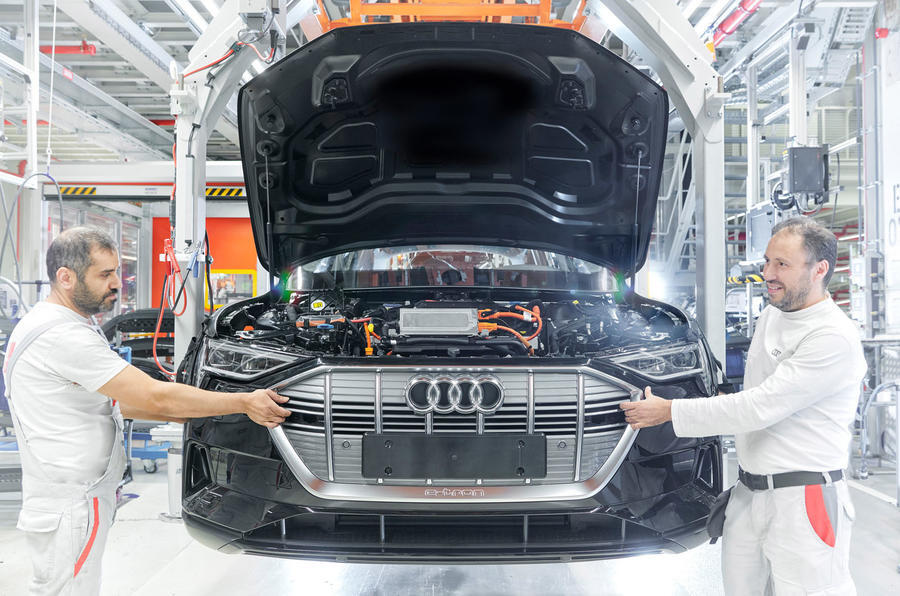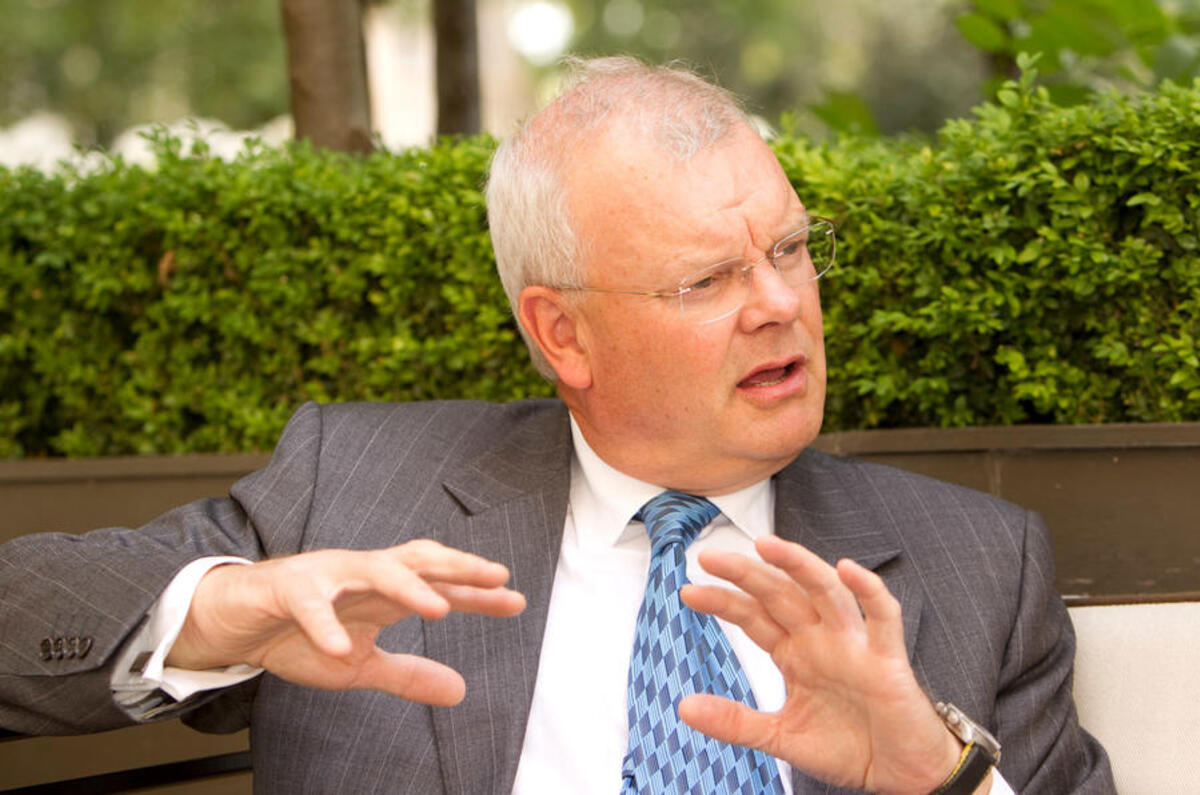The point where petrol and diesel cars and electric cars are comparable on purchase price will likely come in 2026 – but not because EVs will get much cheaper, according to Richard Parry-Jones.
Speaking at the latest Autocar Business Live conference (which Autocar subscribers can watch again), Parry-Jones – an engineering consultant best known for his 38-year career at Ford, where he became product development boss and chief technology officer – said the gap will close because the cost of making internal combustion engines (ICEs) will rise.
He explained: “I think fundamentally batteries are more expensive than current (combustion) technology. The main reason for the gap closing is not because the batteries are coming down – although they are. It's actually because the ICE cost is going up. They're meeting the middle.”
Parry-Jones echoed car makers in saying that emissions control systems for ICEs are becoming “very expensive” and could become prohibitively so in the coming years. Price parity will therefore happen “probably about 2026”.
However, he said that one way the cost of batteries could come down is by reducing the “layers of redundant mechanical protection” found in the latest EV battery systems.
The effect of the UK’s proposed 2030 ban on the sale of new ICE cars on residual values is also a hot topic; Parry-Jones reckons it will be influenced more by city air quality than a focus on CO2 emission.

“I think the best way for the industry to secure the value of the vehicles going forward is to make damn sure that the real-world emissions of the engines we’re selling are very good and meet the goals of city leaders," he said.
“We’ll probably see a difference in demand for ICE vehicles in cities versus outside cities. I can imagine people in cities with maybe higher taxation, congestion charges, pollution charges; these will disincentivise second-hand buyers from buying those cars in cities. But in rural areas, where air quality demands are much lower, the demand will be quite high, so I could see regional separation for the demand pattern going forward.”
Parry-Jones also insists that the problem of ’embedded CO2’ in the production of EVs - usually greater than an equivalent ICE car - is “not really something you can technically influence”.
“It’s bound to the chemistry of the cells we're using; they're hungry for energy in terms of manufacturing. Most of it is in the cell production phase, not in the raw materials. So getting lithium and other materials isn't a major contributor.




Join the debate
Add your comment
Depends on the vehicle class, executive and premium offerings are already on par.